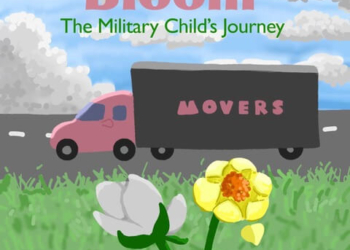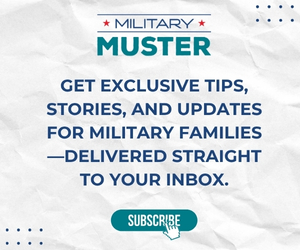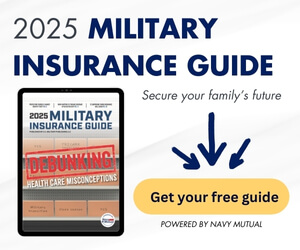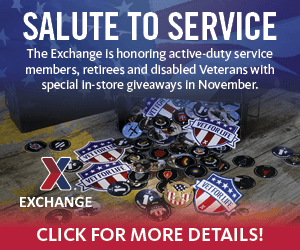For as long as the U.S. military has been in existence, the government has relied on unpaid spouse labor in the form of military spouse groups. But now that model has become severely out-of-date in the modern society of dual-income families and career-minded spouses, and ultimately threatens retention rates.
Ten years ago, statements like, “She’s just a military spouse,” and “You’re a dependent,” were the norm. However, over the past few years, the evolution of the military spouse has taken center stage leaving people to ask: What is the role of the modern military spouse?
The unwritten textbook answer is: to support service members so they can support the country. But when a family is asked to move for the 10th time to a new area without friends or family to speak of and are worn thin, who supports the military spouse? Other military spouses.
Spouses are expected to turn to the person next to them, who is also drowning, and ask him/her if they wouldn’t mind watching their children while the movers deliver their Household Goods shipment. By the way, they met two days ago. This may seem crazy to an outsider, but it has been the norm for decades.

In years past, enlisted and officer spouse clubs were around to help when families moved to a new duty station, had a new baby, or were hit with Murphy’s Law. The service member would check in and the spouse could sign up to become a part of the local spouse club. Things look a bit different today. The modern-day spouse club, the Family Readiness Group, has the official stamp of approval from the federal government, but its role is somewhat nebulous.
“I was a new Navy spouse 28 years ago. We had social activities and were very active during underways and deployments, getting together for meals, play groups, watching each other’s children, in general being friends,” said Judy Huffman, who has served on multiple spouse groups boards, as a senior spouse advisor to command FRGs, and as a volunteer with national spouse to spouse mentoring groups. “I see that participation is down; people seem to be busier and busier.”

If one delves deeper to examine what is actually being asked of the 100 percent volunteer force, it is that “fun” is the easy part. Office of the Chief of Naval Operations Instruction 1754.5B provides guidance and establishes the FRG organization. It states “the purpose of this FRG shall be to plan, coordinate, and conduct informational, care-taking, morale-building and social activities to enhance preparedness, command mission readiness, and increase the resiliency and well-being of sailors and their families. The FRG shall promote friendship and mutual support among the members.”
“I ran the FRG for six months and took it to great heights,” said Lori Huddleston, a Navy spouse of 13 years. “We made an event calendar for three months out, and had park playdates every other week, a book club, and even a fundraiser where we sold breakfast burritos. It was a lot of work. After I resigned, the FRG folded up just a few months later because nobody wanted to lead it.”
Unfortunately, burnout seems to be all too common, with too few volunteers and too few participants.

Numerous studies have been released recently that point to what participating spouses already see. For instance, the 2018 USO survey, “The Backbone of Our Military,” reports, “Family readiness groups are often only as successful as the spouse leader or unit commander, and thus their effectiveness can ebb and flow. Deployments also hamper the ability and willingness for capable individuals to lead such groups. Key spouse programs have proven successful in many instances, but spouses also report that the programs can grow into their own hierarchical networks with cliques and status grabbing — making them less effective for new spouses.”
Shauna Turner, director of the Navy Family Support Program with Commander, Navy Installations Command, oversees the FRG program from its highest levels.
“CNIC serves as the central advocate for Navy families and we believe that our engagement with families via the Ombudsman Program and Family Readiness Groups is critical to mission success.”
CNIC has dedicated time and finances to see the programs succeed through online and in person surveys documented in its Chief of Naval Operations Navy Family Framework. But even with all this effort, the FRG program lacks data.
Turner explains that in 2011, senior Navy leadership met with spouses and other entities to rework the FRG format originally established in 2006 and decided to not make the FRG a federal entity, largely based on military spouse feedback. Because of that, there is no instruction to collect data at the command level. CNIC tracks its training programs and closed Facebook FRG pages, but what happens from there is not documented.
There is no master list of active FRGs to pull when someone moves to a new location and no one is notified if an FRG has closed. Without command support or tracking, there is no method to gather information or even begin to map out a method of success.
Turner continued, “Our goal is to empower spouses and encourage volunteerism.” It is clear that the FRG program purpose is vital to command success. Yet there is no oversight on implementation.
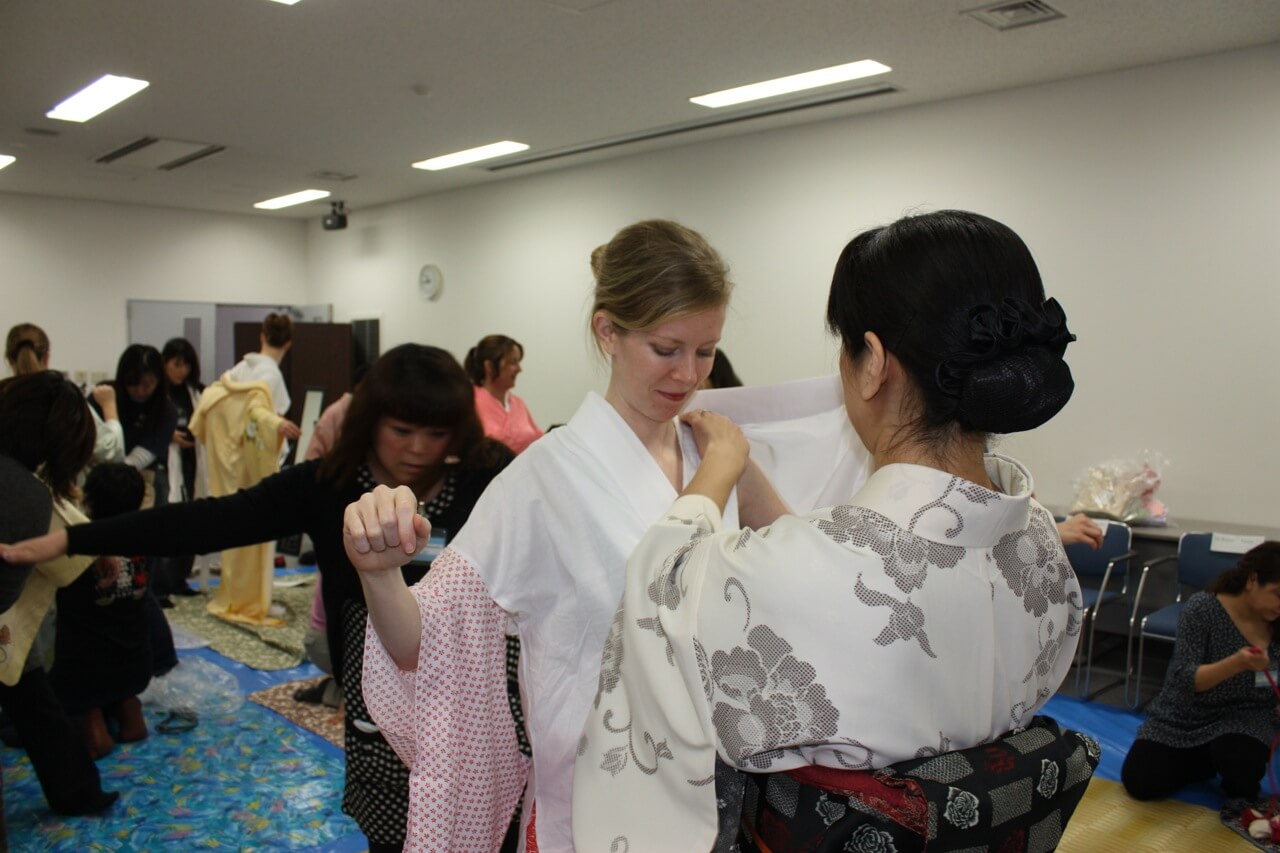
Whether it is a result of antiquated means of access, like email over Instagram, burnout, cliques, lack of command support, or just a question of relevance, FRGs are falling short. When FRGs fail to create a reliable spouse network, the government is no longer fully supporting military members and their families.
If the volunteer model is no longer working for modern military families, perhaps leaders will create paid support positions. This may alleviate burdens on working spouses who want to connect, while aiding the spouse employment problem. The Army and Marines have already tried this with their respective paid Family Readiness Support Advisors and Family Readiness Officers that act as liaisons between the command and families. Navy and Coast Guard ombudsmen and Air Force Key Spouses remain unpaid, though.
“I worry about the lack of participation,” Huffman said. “The unique challenges of our lives make having these connections/friendships so important, from the serious life events to the frivolous fun ones. I believe isolation and disconnection from others (living) this life can bring dissatisfaction and even put pressure on the active duty to get out.”
It is clear that military spouses are not just a part of the military conversation. They are the conversation. Thriving spouse clubs are no longer just a spouse issue. It is a retention issue.
Read comments





















